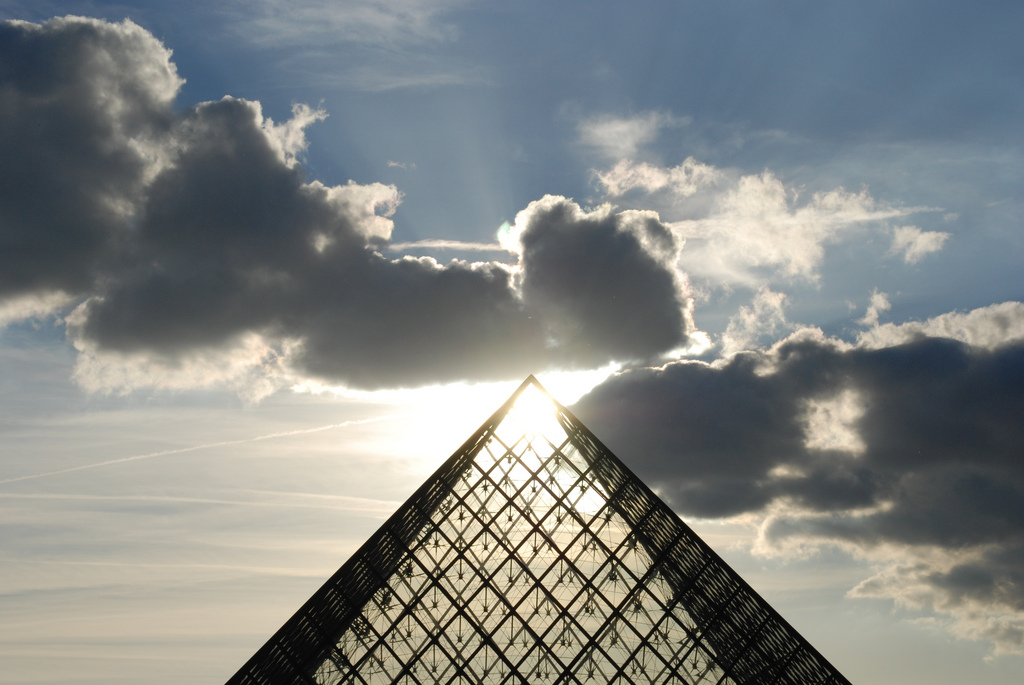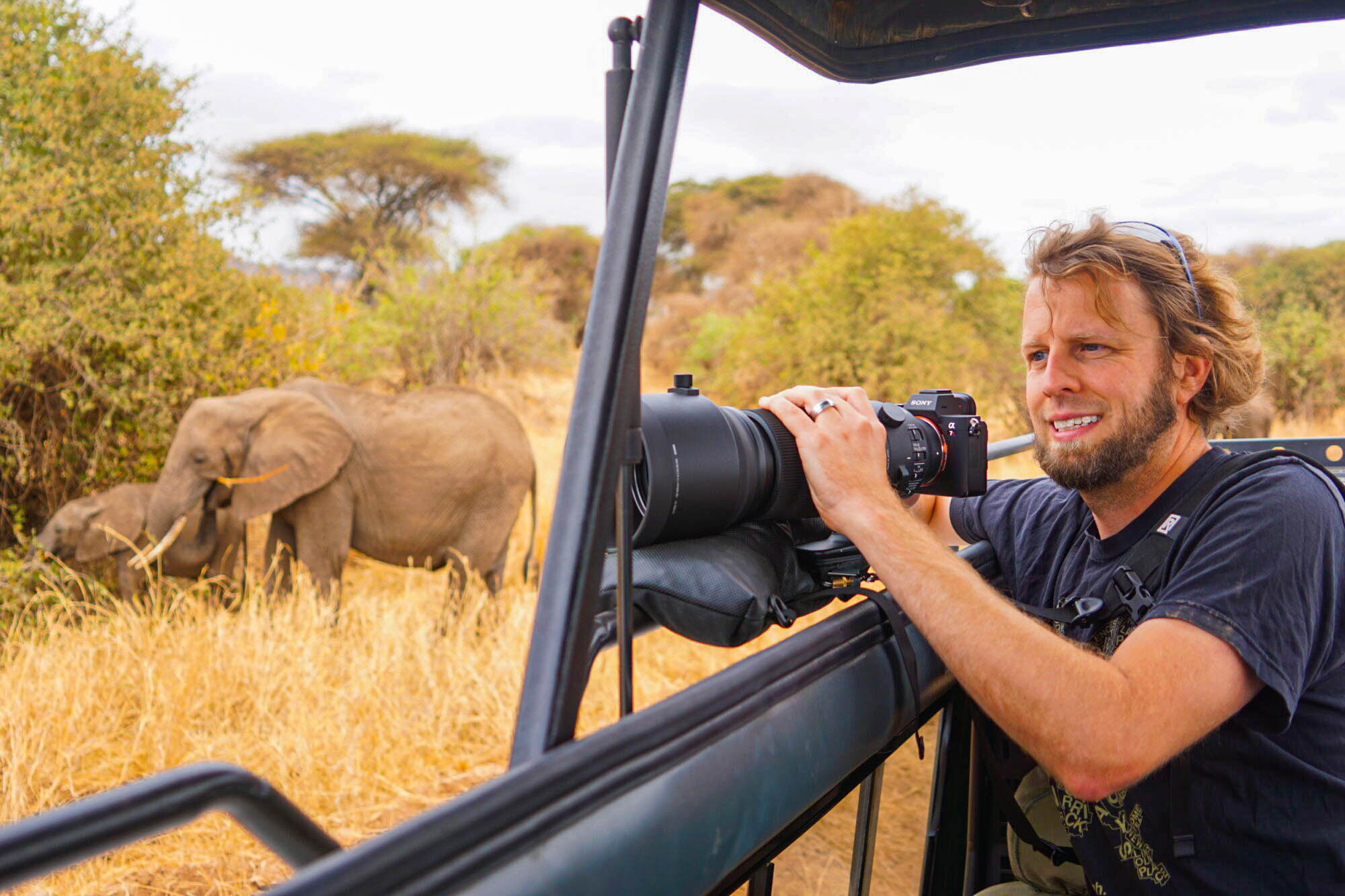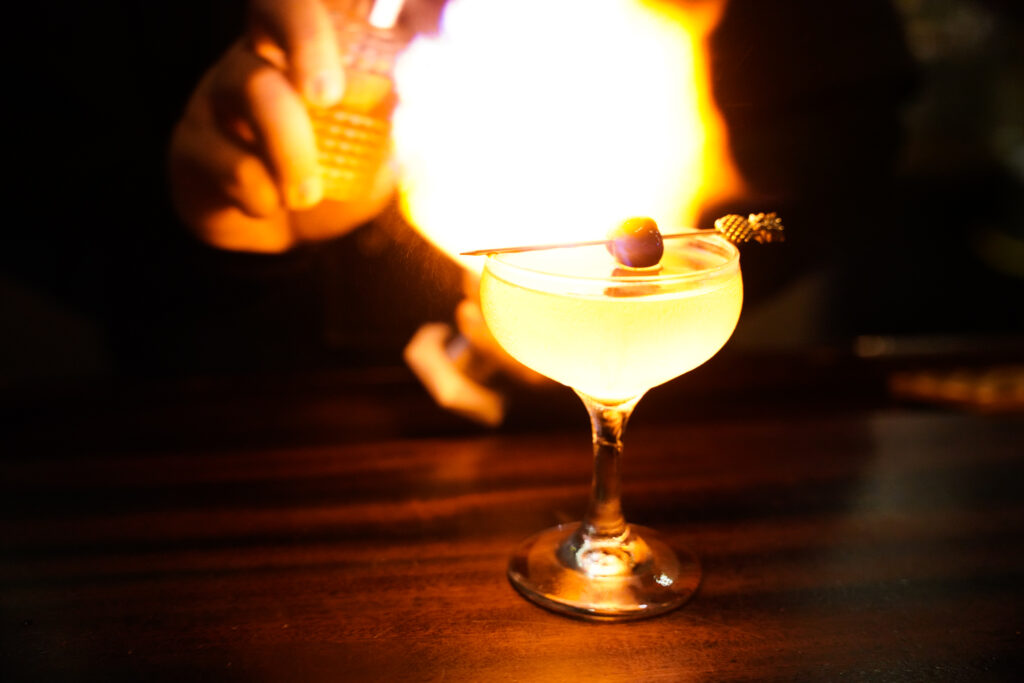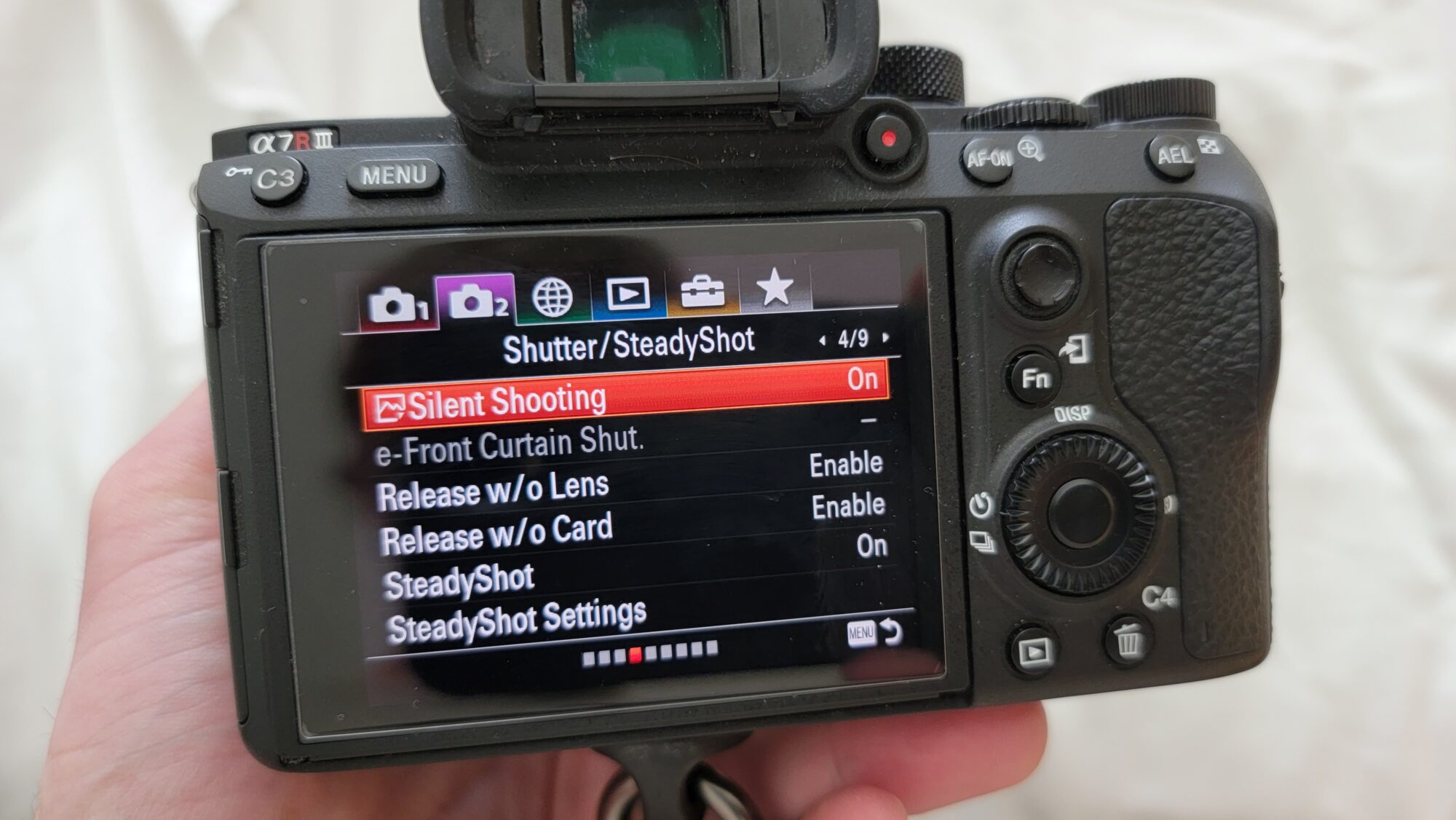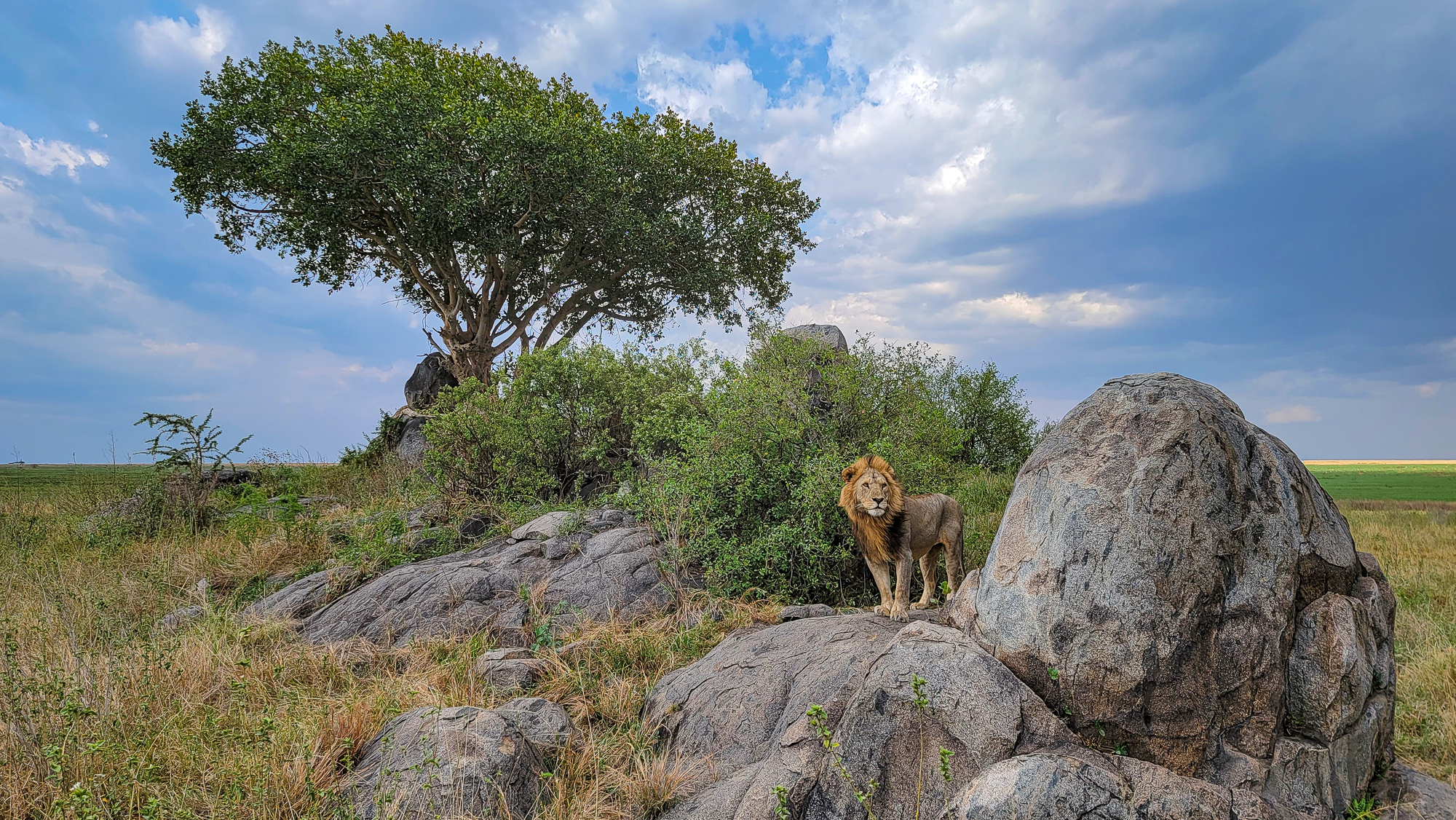Published by Jeremy. Last Updated on October 31, 2022.
Disclaimers: Our site uses demographic data, email opt-ins, display advertising, and affiliate links. Please check out our Terms and Conditions for more information. Listed prices and attraction details may have changed since our visit and initial publication.
After taking 500,000+ travel photos over the years, I have had a lot of time to sit back and think about what went into some of my favorite shots.
While they were all taken with different settings (shutter speed, focal length, etc.), I realized that the photos all had five things in common. These broad elements tied together the images and turned what could otherwise be a mediocre photo into something truly magical.
The elements are simply equipment, location, lighting, technique, and luck.
✈️ Book Your Next Trip
- • Planning a trip? Find a flight deal.
- • In need of a room? Check out hotel and apartment prices.
- • Taking a cruise? Find a cruise itinerary for your journey.
- • Don't overlook picking up a rental car or day tours as well!
Your Camera Gear Matters (Equipment)
The first essential element in taking good photos is simply having the right equipment.
There may be some people out there who say that you only need skill to get a good photo, pointing out the amazing photos you can get on a simple cell phone or an old point-and-shoot camera. While there is indeed some truth to that (my favorite photo of the 500,000+ I’ve taken was taken on my cell phone, for example), these thoughts are often significantly overstated because they overlook a few key details.
First off, camera equipment is customizable to your needs. If you like to take indoor shots at a museum, you may want to have an ultra-wide lens (think 10-20mm) to capture the entire scene. If you shoot low light or want good depth of field, a la restaurant/food photography, you may want an incredibly fast lens as well (think f/1.4-2.4). If you are on the hunt for an animal on safari, a phone’s camera with 1x and 3x magnification will not get you the same shot as a telephoto lens (think 400-600mm+). Or maybe you want a good walking-around lens that does a bit of everything (think 24-70mm f/2.8 fixed aperture) to be ready for just about anything.
…and that is just the lenses!
Camera bodies have the same functionality as well. Some are designed with basic functions to be cheaper and more approachable. Others are given every bell and whistle imaginable to offer professional photographers all the tools they need (plus larger sensors that offer greater resolution and better performance in low light).
Can you get some of these on say, a cell phone? Sure. Camera tech is getting better and better with each passing year, too. Can you get all of them, particularly with the noted customization options that SLRs and mirrorless cameras provide? Absolutely not.
So while I will say that I do believe that equipment is only one part of the battle for good travel photography, and cell phones can indeed take great shots a good chunk of the time (and rising!), if you can satisfy most of the remaining points in this article and are still struggling with a great shot, you will want to take a look at your equipment as being the possible culprit.
You Have to Be Where the Shots Are (Location)
The second point to getting great travel photos is, naturally, getting to a scene to begin with. You can’t get a photo of the Great Wall of China if you don’t go to China. You can’t get a photo of a leopard on safari if you don’t actually go on safari in a country where leopards live. You can’t take photos of a Michelin-starred meal without getting reservations to eat at the restaurant. You can’t get a great shot of a hammerhead shark underwater if you don’t go scuba diving (and have a dive-rated camera!).
This one really should go without saying, but if you want to have the chance to get photos of a specific scene, you have to be the one to take the initiative to put yourself there with a camera in hand.
I’ve had many people ask how I got a shot of [insert random photo here], and most of the time my response was “well, I happened to be there and this cool thing happened!” Part of this is the luck element, which will be discussed in greater detail below, but part of this is increasing your odds of success simply by showing up to where the action may be.
On the flip side for me at least, there is a reason I have virtually no sunrise photos in Pittsburgh of our famous overlook, and it is because I hate getting up early. I make a conscious decision to keep skipping this one whenever the forecast is nice, but there is one and only one reason why I don’t have more shots of this particular scene- my inability to act.
Your Scene Has to Look Good, Too (Lighting)
So now you have your equipment, and you showed up. What is next? Unfortunately, your scene has to be worth taking a photo of!
With regards to travel photography, there are a lot of things that could impact whether your photo is meh or award-winning and most of it has to do with the lighting. The time of day is one (you can’t get a sunrise at 2 pm). Weather is another (rain and thick clouds don’t look as nice unless you can successfully incorporate them into the composition). A dark restaurant has ruined what would’ve been many extraordinary food shots over the years. Night shots without a tripod usually require ISO to be cranked up so high that the final image is fuzzy, too. I could go on.
The simple truth of it is that photography is capturing light. Generally speaking, cameras perform better when there is more light and struggle when there is less, so having good light is key.
As technology improves (i.e. better camera gear comes out), low-light performance improves (bonus points for good gear!). Having things like a tripod or filters can also allow us to play with light further than we would in some instances, too. But at the end of the day, shots that do not have ideal lighting tend to have more faults and don’t look as good as those that do.
Can you control this all the time? No. Bad weather is bad weather, after all. But going back to the location point (above), you won’t get a good sunset shot if you don’t go to a great location for sunsets. You won’t get the best lighting if you are not out during the times of day when the best lighting occurs. And yes, some of this is up to chance that the weather cooperates!
You Need to Know What You’re Doing (Technique)
Let’s say you showed up, the lighting is perfect, and you have a great camera. How are you going to capture that shot?
Please do not say to put it in Auto and let the camera do its magic.
Now, I will take a step back and say that automatic camera settings are improving significantly in recent years. In fact, my cameras’ auto modes are pretty darn good such that in a pinch I bet they’d get me a pretty good photo. But pretty good is not great, and depending on how much of a perfectionist you are that may not get you all the way there.
Simply put, knowing how to use your equipment is incredibly important. This can be something as simple as how to compose a scene (yes, people would like the Eiffel Tower in the background and not just a photo of their face) to being able to adjust settings on the fly as a scene calls for it (changing factors like shutter speed, aperture, ISO, exposure, and dozens more instinctively in a matter of seconds).
Even the smartest camera processors cannot make some of the micro-adjustments you want to make a scene perfect. Part of this is that cameras are not intelligent enough to know what you’re shooting a photo of (e.g. it can maybe detect a face, but it cannot tell it is a lion making the face), part of it is that cameras cannot predict the future the way we can when we see a scene (e.g. that very same lion about to run after prey), and part of it is that cameras don’t instinctively know your style outright (e.g. are you shooting to be moody? vibrant? dynamic?). This is all on you.
Let’s keep with the lion example for a bit longer. Would you be willing to trust your camera’s auto mode to compensate for a shift in image scene when it takes off in a sprint, or would you rather have the settings dialed in ready to go ahead of the scene that may only last a couple of seconds? You’re the only one that knows what is about to happen next (or at least, could happen next), and by knowing how to use your camera you can have the ideal settings dialed in before it happens to capture the shot outright.
A Lot May Be Out of Your Control (Luck)
Finally, we come down to the cop-out answer no one wants to hear- luck.
In the above four points, we pointed out that capturing the best travel photos involves having good gear, putting yourself in the right place, at the right time, and having some degree of knowledge on how to take a photo to your liking.
So now I’m going to burst your bubble and say that most of my absolute favorite shots were all about being lucky.
That lion photo above is a great example, if only because when we first saw that scene 15 minutes earlier he was sleeping by the rock. We only got lucky that when we returned later he stood up and walked on top of a rock that was, quite literally, 10 feet next to our Jeep. Luck! I had my 150-600mm telephoto lens on and was far too zoomed in for the vastness of this one, but I also remembered I had my cell phone in my pocket. Luck again! It wasn’t on the best settings, but I got the shot, which is all that matters sometimes.
But luck can impact things far more than the behavior of animals. You could argue that capturing an epic sunset is about luck as no one can control the weather. Even getting a scene without other travelers in it requires a bit of luck too. I once witnessed a monster glacier calving in Patagonia (luck), but didn’t get the scene because my camera settings were not dialed in perfectly. So when I was lucky enough to witness another in Alaska a few years later, I did not make that same mistake twice!
So unless you have complete control of your scene, where can direct your subjects, set up your own lighting, and the like (essentially staying in a studio), you will always need to have luck on your side to get that perfect shot. Then it is on you to have the right gear, the right settings, and make the most out of the conditions to turn that shot into something truly spectacular.
But that is the nature of the game when it comes to travel photography, and ultimately not every scene can be a winner. So we improve our odds by putting ourselves out there, with the best gear possible, and try, try again!
In the end, even if our photos don’t turn out, we still have the memories of the experience. But when the stars align and the photos are perfect, that is truly something special.
Do you have a favorite tip for getting a great travel photo? Comment below to share!
Have an existing blog that is in need of an upgrade? Check out the following services we personally use!
- BigScoots - Premium managed hosting with plans as low as $35/month.
- GeneratePress - A customizable theme designed for site speed.
- AdInserter Pro - A widget logic plugin that is quite powerful.
- WP Rocket - An image and caching optimization plug-in.
- Mailerlite - Cost effective newsletter service.
- Keysearch - Keyword research tool for SEO.
- Pretty Links Pro - A great link cloaking tool to clean up affiliate links.
About Jeremy
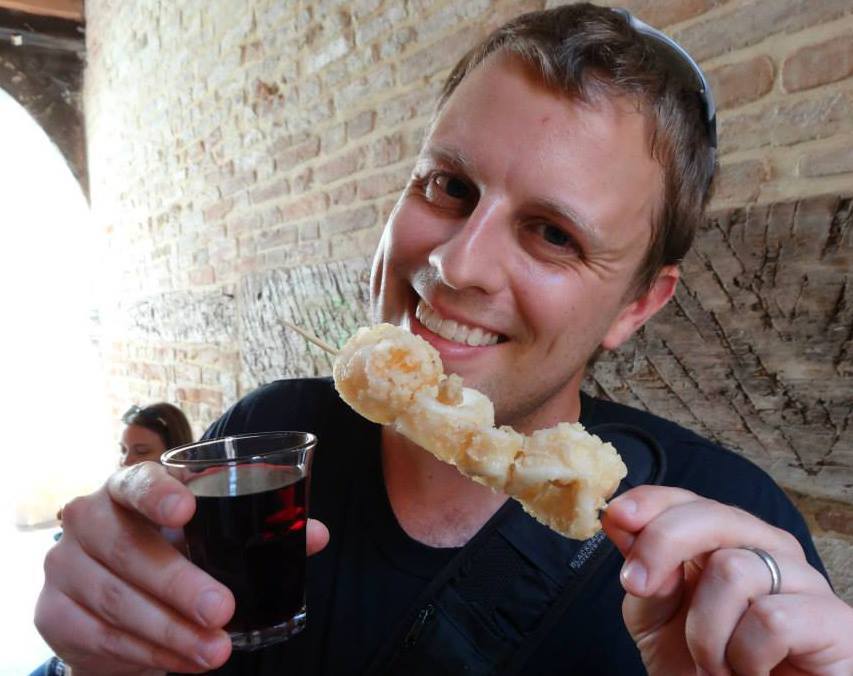
About the Author: Jeremy is a full-time travel writer based in Pittsburgh and primary author of this site. He has been to 70+ countries on five continents and seeks out new food, adventure activities, and off-the-beaten-path experiences wherever he travels.
